Restoration Technology Division
LEE Sunmyung
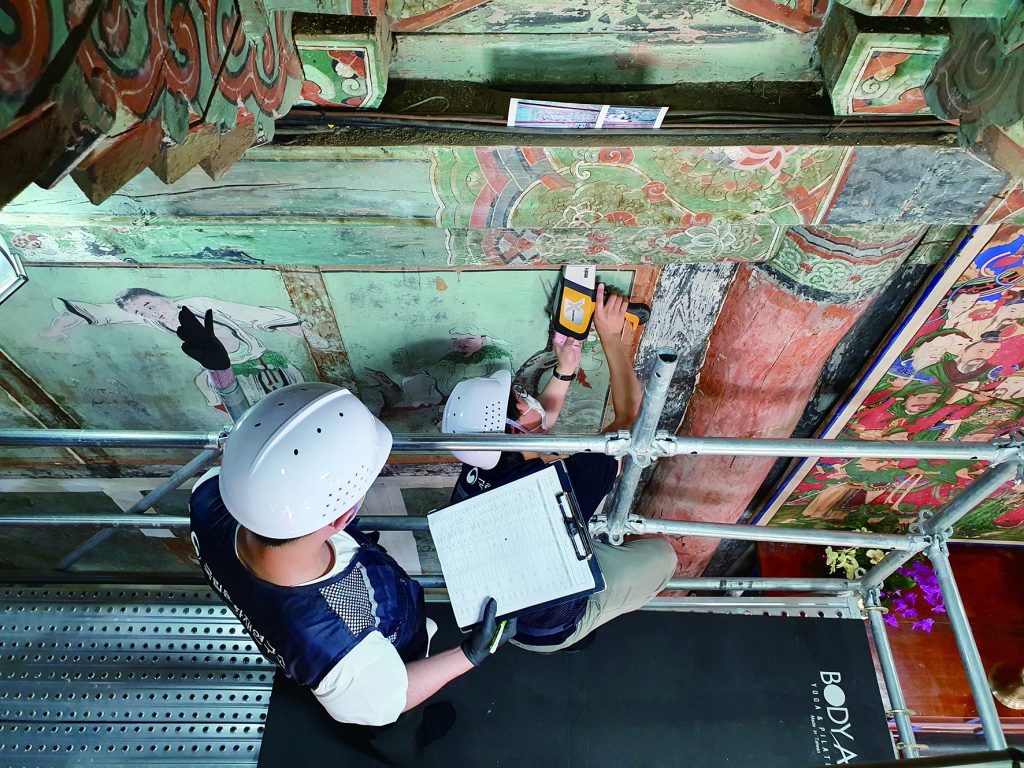

Traditionally, Buddhist temples, palaces and other major buildings were decorated with ornamental paintings known as dancheong to dignify them in a way that befits their status. Traditional Korean pigments were created from soil, rocks, plants, and other natural materials easily available in the vicinity. In particular, pigments used for dancheong were made by finely grinding beautifully colored soil, rocks, and other substances into powder or by repeating the elutriation process of pouring the powder into water and stirring it to produce pigments with uniform granules and fine colors.
Since traditional pigments are difficult to produce and obtain, chemical pigments began to replace them in the late 19th century. These circumstances have caused the loss of traditional pigment-making techniques, making it difficult to utilize traditional pigments in dancheong restoration work.
To tackle this issue, NRICH’s Restoration Technology Di-vision is studying ways to scientifically restore dancheong pigment-making techniques and to ensure their stable application in cultural heritage restoration work.
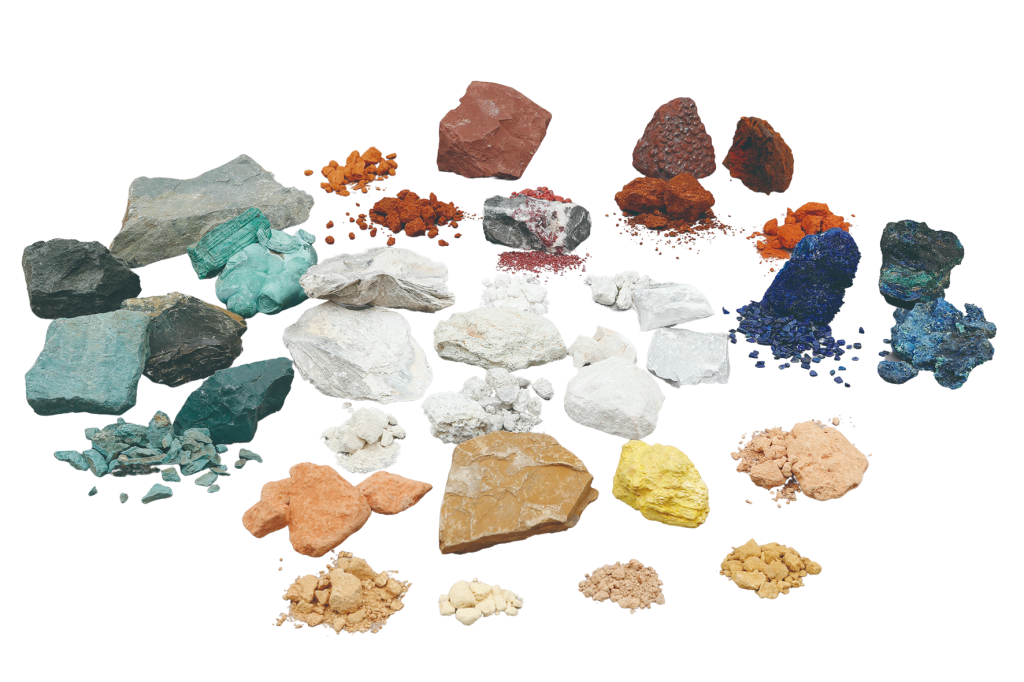

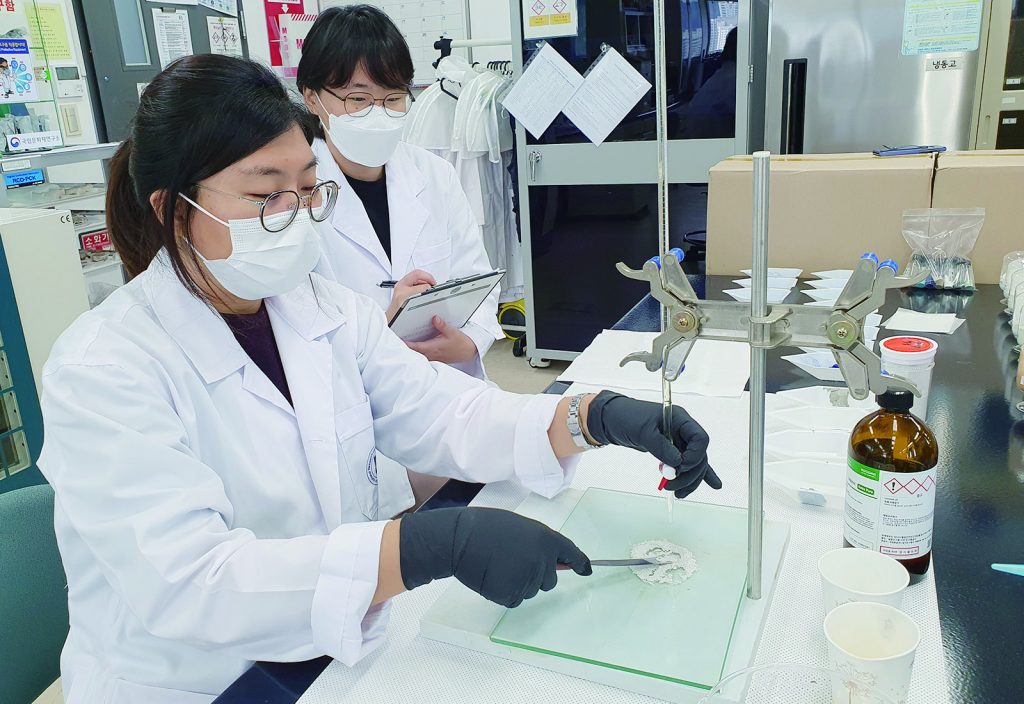

To identify the true nature of traditional dancheong pigments, the research team has collected information from historical documents. It has also conducted field surveys to study traditional pigments found in wooden cultural heritage. As part of such efforts, the team has carried out, since 2017, the microscopic examination of dancheong pigments, the taking of their color measurements, nondestructive composition analysis, and mineral composition analysis. The results were collected and made into a database of scientific information about pigment ingredients and types.
Furthermore, the researchers collected historical records on the origins of raw pigment materials and, based on field surveys, analyzed possible yields of these places from the perspective of ore deposit geology. They also carried out materials science analysis of raw pigment materials they obtained and subsequently confirmed 64 distinct regions as the origins of their supply.
Based on such fundamental research, the team studied traditional pigment-making methods and ended up developing production technologies for seven natural inorganic pigments. They even transferred some of the technologies to the private sector, helping to boost the traditional pigment industry. In addition, NRICH established quality standards for nine natural inorganic pigments commonly used for dancheong to ensure their stable supply to cultural heritage repair and restoration sites.
In an age replete with advanced new materials, these are likely to be superior to traditional ones in terms of quality and performance. Yet, cultural heritage restoration is not a mere matter of repair but a matter of maintaining historicity. For this reason, it is crucial to have a clear understanding of the original materials used for cultural heritage.
Based on the expertise accumulated over the years, the NRICH will continue to develop new resources and production technologies that can complement traditional dancheong pigments and increase their use. At the same time, we will strive to steadily improve these technologies by monitoring and evaluating the stability of the pigments applied to cultural heritage.
Research of restoring the traditional pigment used for Dancheong


traditional pigment used for Dancheong
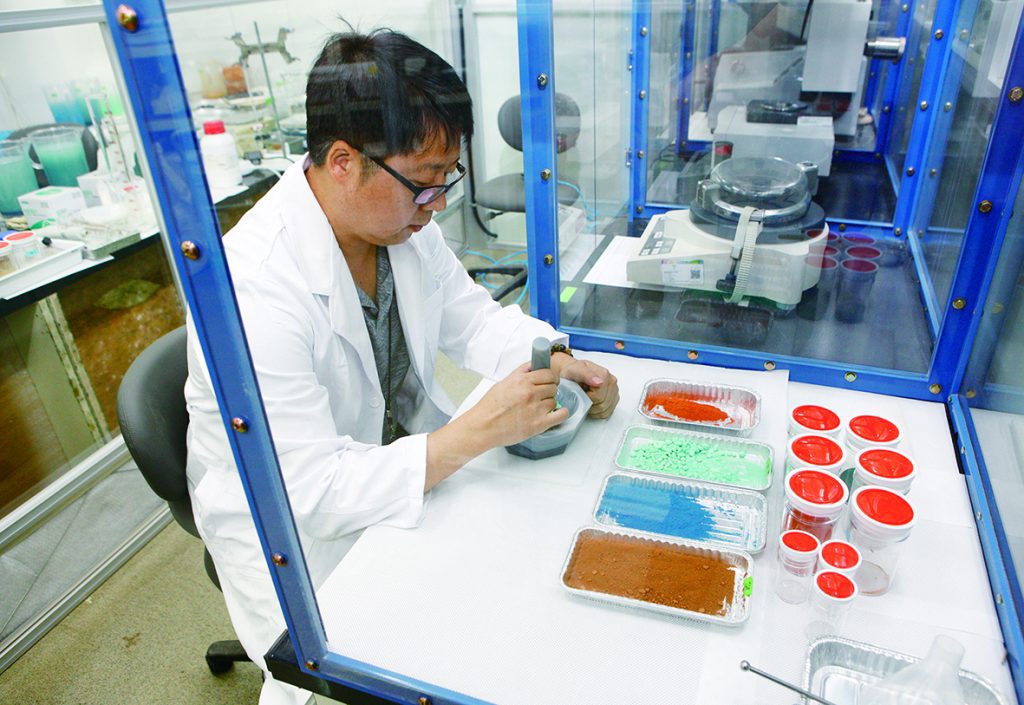

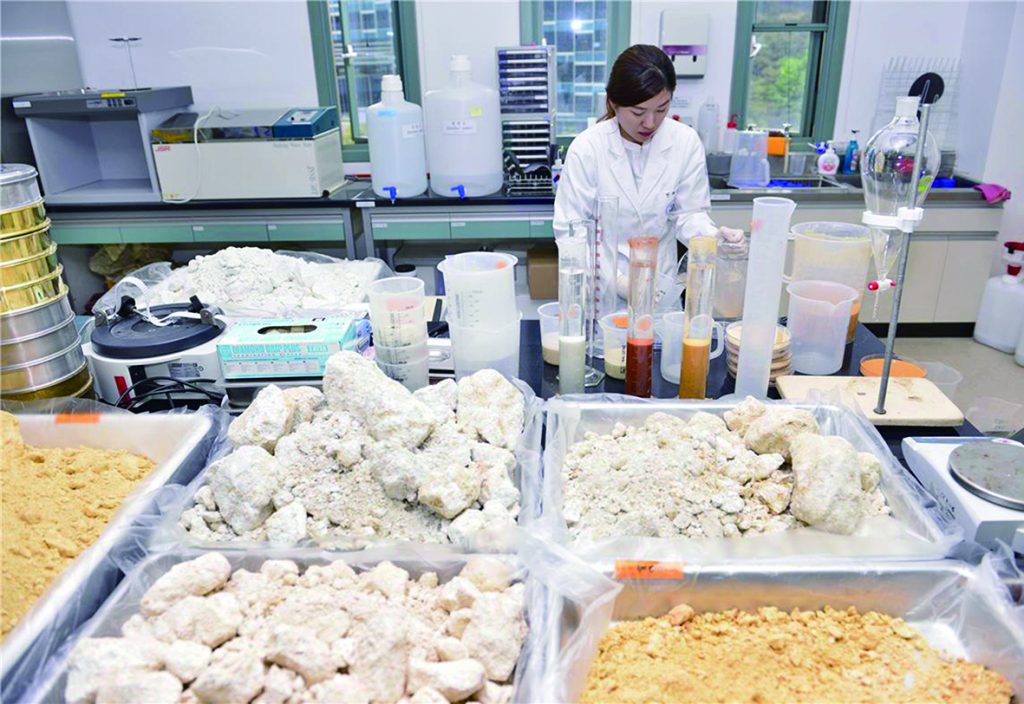


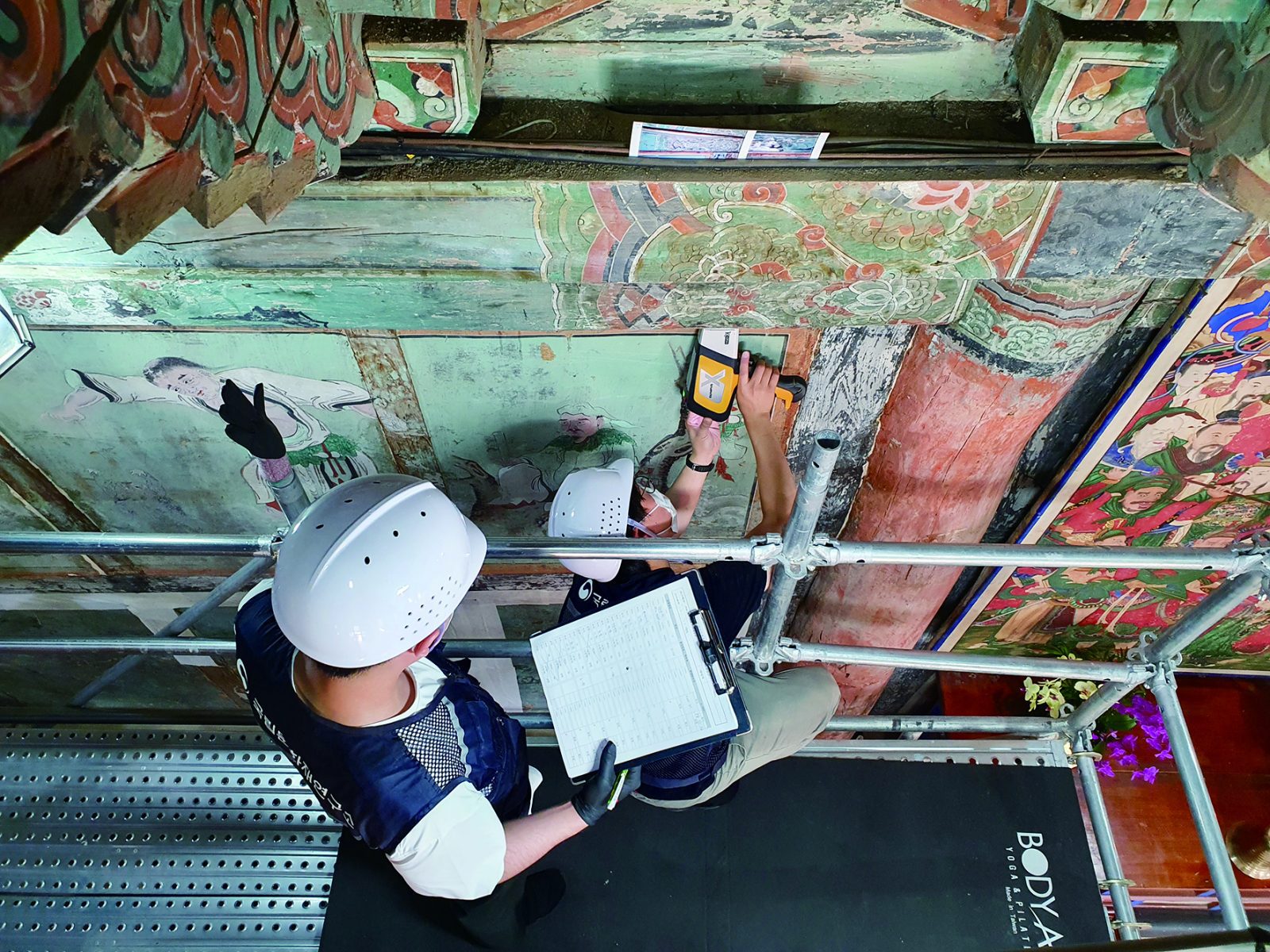
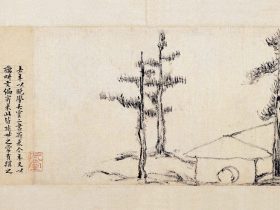
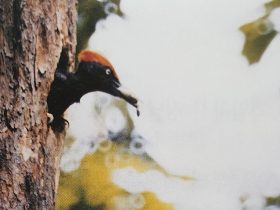

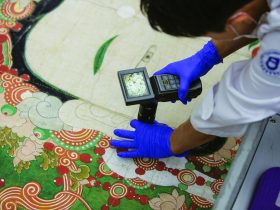
Leave a Reply